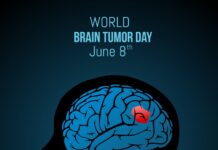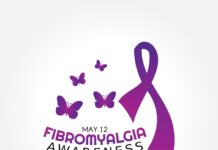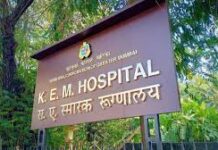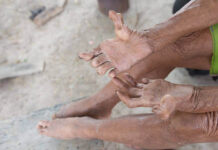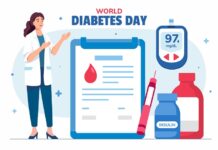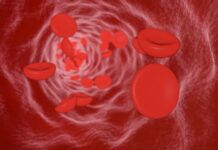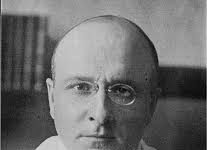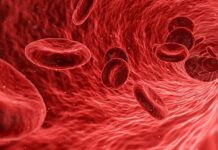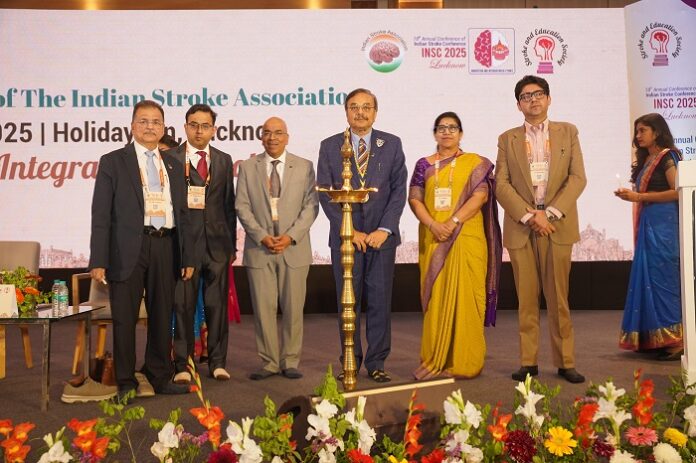The 18th Annual Conference of the Indian Stroke Association (INSC 2025) in Lucknow brought together leading doctors, researchers, and healthcare experts from around the world. With the theme “Innovation and Integration in Stroke,” the event highlighted the urgency of improving stroke care in India.
The Burden of Stroke in India
During the INSC 2025 conference, Dr. Nirmal Surya, President of the Indian Stroke Association (ISA), provided a comprehensive analysis of stroke in India. He emphasized the country’s high incidence and mortality rates, the heavy disability burden, and significant gaps in awareness, timely treatment, and healthcare infrastructure. He stressed the urgent need for stroke rehabilitation and long-term care to improve patient outcomes and bridge existing disparities in healthcare access.
The Importance of Timely Diagnosis and Rehabilitation
Stroke is a medical emergency, and timely diagnosis, management, and rehabilitation are crucial to saving lives. Dr. Surya, a pioneering leader in neurorehabilitation, has played a significant role in advancing stroke care in India. He has mentored young professionals and collaborated on affordable rehabilitation solutions. Through free epilepsy clinics, support groups, and awareness programs, he has positively impacted thousands of lives.
Reflecting on past efforts, Dr. Surya recalled that between 1988 and 1989, he and his team trained 20 ICU nurses in stroke care, teaching essential skills such as patient positioning, mobility, and bedside care. This training significantly reduced mortality rates and improved recovery, allowing more patients to return home. During the COVID-19 pandemic, a global webinar on stroke awareness attracted over 5,000 participants from 36 countries, free of charge. Additionally, specialized courses, including a weekly spasticity management program, have advanced stroke care through ongoing research and publications.
“Rapid access to stroke rehabilitation and advanced care helps patients regain mobility, speech, and independence, significantly improving their quality of life,” Dr. Surya emphasized.
Challenges in Stroke Rehabilitation in India
Dr. Surya’s 2021 research, Education, Training, and Practice of Neurorehabilitation in India During COVID-19, revealed critical gaps in stroke rehabilitation. Most centers were concentrated in urban areas, only 38% had multidisciplinary teams, education and training were inadequate, and professionals received low monetary benefits. Additionally, many rehabilitation services shifted from physical rehab to tele-rehab.
Currently, India has approximately 1,250 stroke rehabilitation centers. Among them:
- 80% are in metro and tier-I cities, offering well-equipped hospitals with neurologists, physiotherapists, and occupational therapists. Patients travel an average of 30–60 minutes to reach these centers.
- 20% are in rural areas, where access to specialized neurological care is scarce. Many patients must rely on basic physiotherapy centers or travel nearly 120 km for treatment.
Regional distribution of stroke rehabilitation centers in India:
- South India: 35% (438 centers)
- North India: 25% (313 centers)
- West India: 20% (250 centers)
- East & Northeast India: 15% (188 centers)
- Central India: 5% (63 centers)
Types of Stroke Rehabilitation Facilities
Dr. Surya categorized stroke rehabilitation centers into three major types:
- Advanced Multidisciplinary Centers (30%) – These centers offer comprehensive services with neurologists, physiotherapists, occupational therapists, speech therapists, and cognitive rehabilitation specialists.
- Basic Rehabilitation Clinics (50%) – Focus on physiotherapy and mobility training, commonly found in tier-2 cities and district hospitals.
- Home-Based and Tele-Rehabilitation Services (20%) – Mobile apps and online consultations provide therapy remotely, catering to patients in underserved areas.
The Future of Neurorehabilitation in India
As per the press release, Dr. Surya emphasized the importance of developing low-cost, AI-enabled rehabilitation technology under the Make in India initiative. These innovations use computer vision to track movement, angles, velocity, and repetitions, offering real-time feedback and motion analysis.
“The mission is to expand stroke rehabilitation in India over the next five years by introducing a stroke rehab fellowship, accreditation programs, and specialized training for post-stroke spasticity. We are committed to establishing dedicated rehabilitation institutes, developing affordable rehab equipment, conducting multicentric trials, and exploring brain-computer interfaces to enhance stroke care nationwide,” Dr. Surya concluded.
Conclusion
INSC 2025 underscored the urgent need to strengthen stroke rehabilitation in India. While progress has been made, significant challenges remain in accessibility, training, and infrastructure. By integrating innovative rehabilitation technologies and expanding services to underserved areas, India can take a major step toward improving stroke care and patient recovery outcomes.


